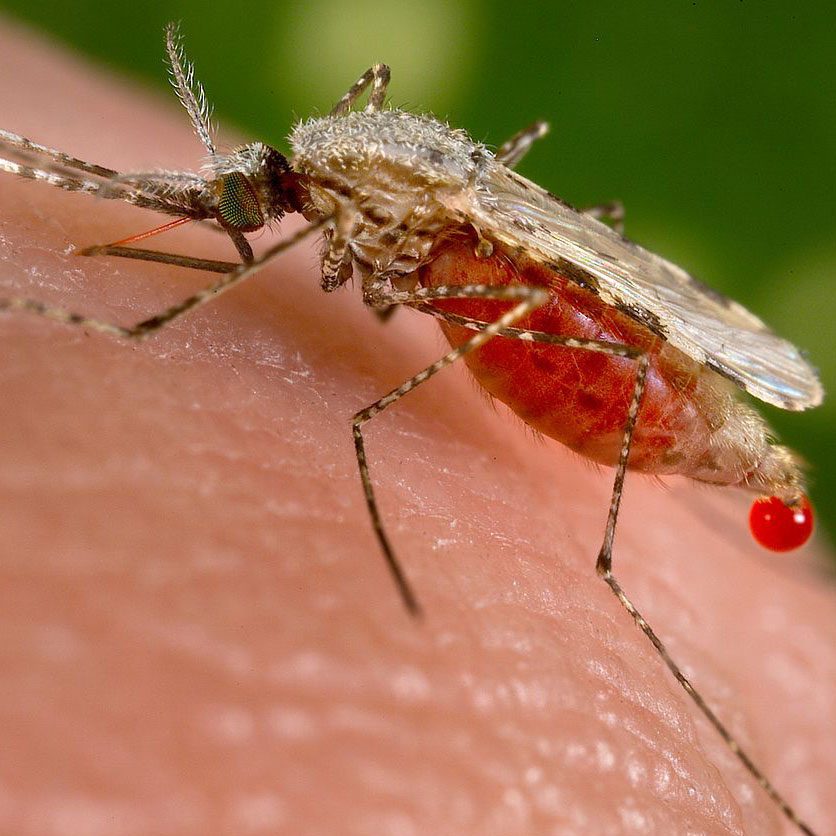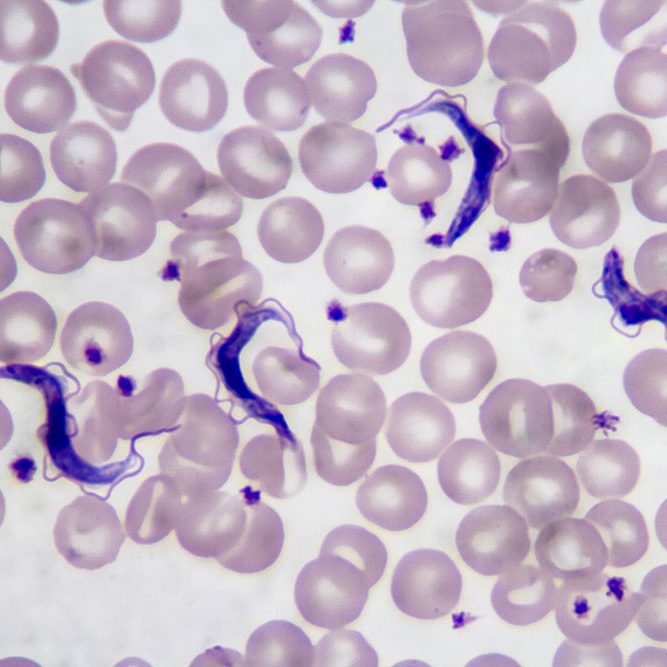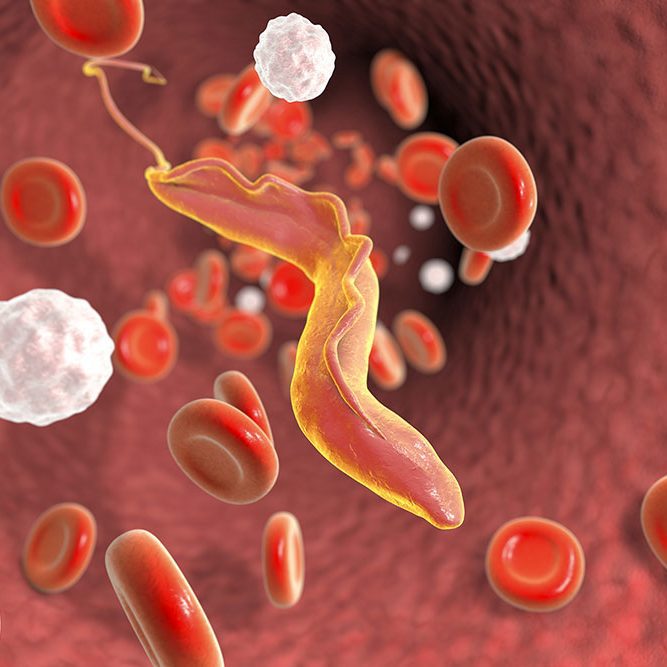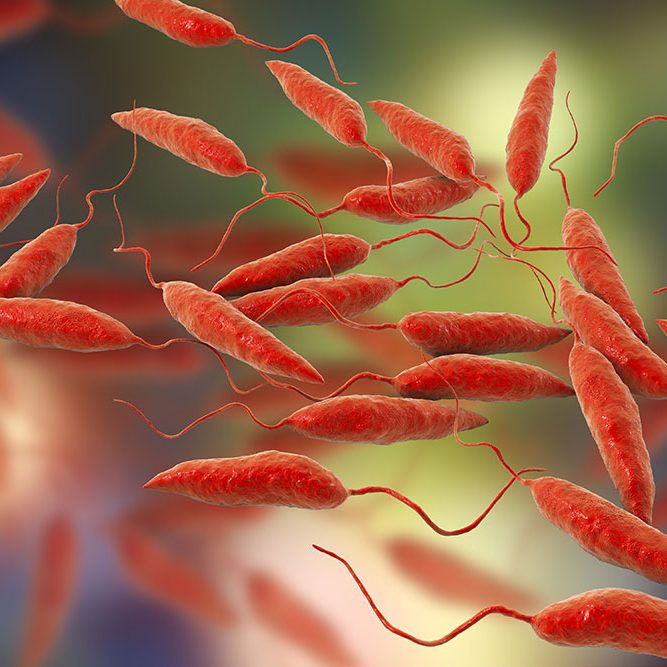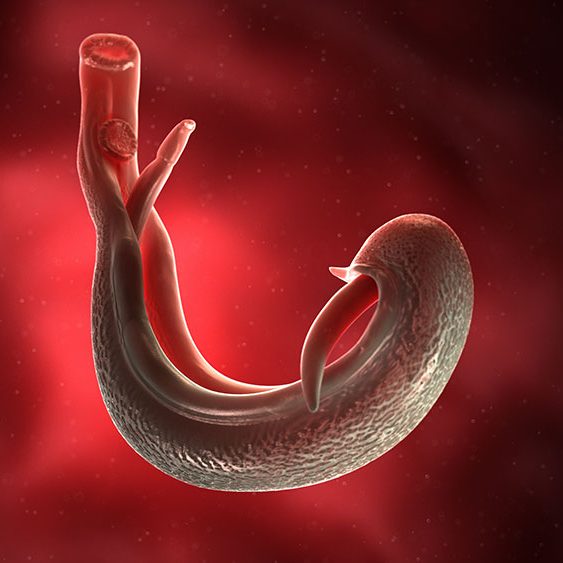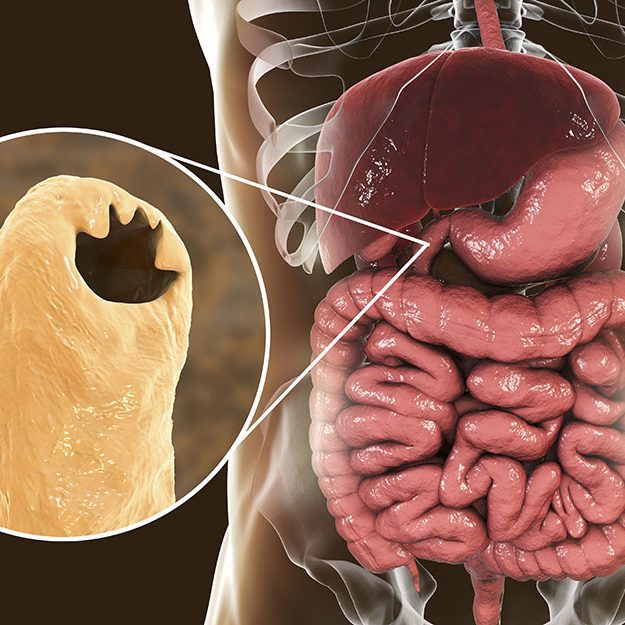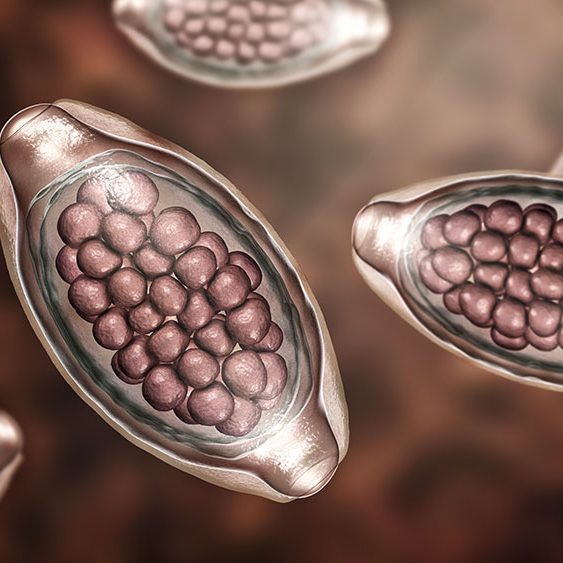Global Parasitic Diseases
The Problem
The world is getting smaller. Global shrinkage is real and is driven by information overload from the internet, CNN, The BBC, NPR, and Al Jazeera, to name a few. All the while, the human population continues to grow, exacerbating unresolved issues of rapid urbanization that is being caused by the predictable adverse effects of rapid climate change on the environment. Yet, for some of us, especially if we are among the few millions of lucky ones, our lives will continue essentially unchanged, enriched by complex, interesting cultures. We will work hard for our income, and most importantly we will not worry about where our next meal comes from. Becoming physically and psychologically compromised by some exotic disease entity – malaria or schistosomiasis – seems as remote a possibility as waking up surrounded by a host of other life-threatening issues.
But that is not the way most of the world lives. There are billions of individuals who essentially have no hope of improving their lives without major public health intervention strategies that emanate from outside the borders of the countries in which they live. Their lives are burdened with despair, anticipating yet another outbreak of malaria, or maybe it’s the Ebola virus this time. As a backdrop (i.e., the world into which they were born), there are those things that they simply take for granted and accept, such as contaminated food and water; essentials that they are forced to consume because there are no alternatives. They run a daily gauntlet of organisms that can cause them great harm; these infectious agents are ever-present. They know no borders. The larval form of schistosomes is carried down slow-moving tropical rivers to settlements along its riparian environs. Massive floods – monsoons - supply the water for breeding populations of mosquitoes that carry malaria and Dengue Fever to everyone who lives within the range of the mosquito species that transmit these and other life-threatening agents. Cyclones and typhoons re-distribute insect vectors throughout the tropics, not discriminating as to which countries get which mosquito species. That is how Dengue Fever arrived on the doorstep of Bangladesh some years ago. The numbers are staggering – nearly 2 billion people harbor some form of parasite – protozoan or helminth - that inflicts pain and suffering by depriving those unfortunate people the right to a disease-free life. Sanitation is absent from their world. We could not imagine living without all the amenities of a modern Western society. We balk when the lights dim as our air conditioners place undue stress on our somewhat antiquated energy grids. An outbreak of E. coli O157 is cause for headlines in the local newspaper with a call for stricter food inspection laws. No such fuss is ever made where these kinds of problems are encountered each and every day. Water and food are high on a short list of essentials. Disease is an accepted consequence of poverty that must be dealt with as best as they can. Death from a wide spectrum of infectious agents is a familiar spectre to those whose lives define the ecology of life in the poorest of environments, be they rural or urban.
-


Cutaneous leishmaniasis, old lesion.
-

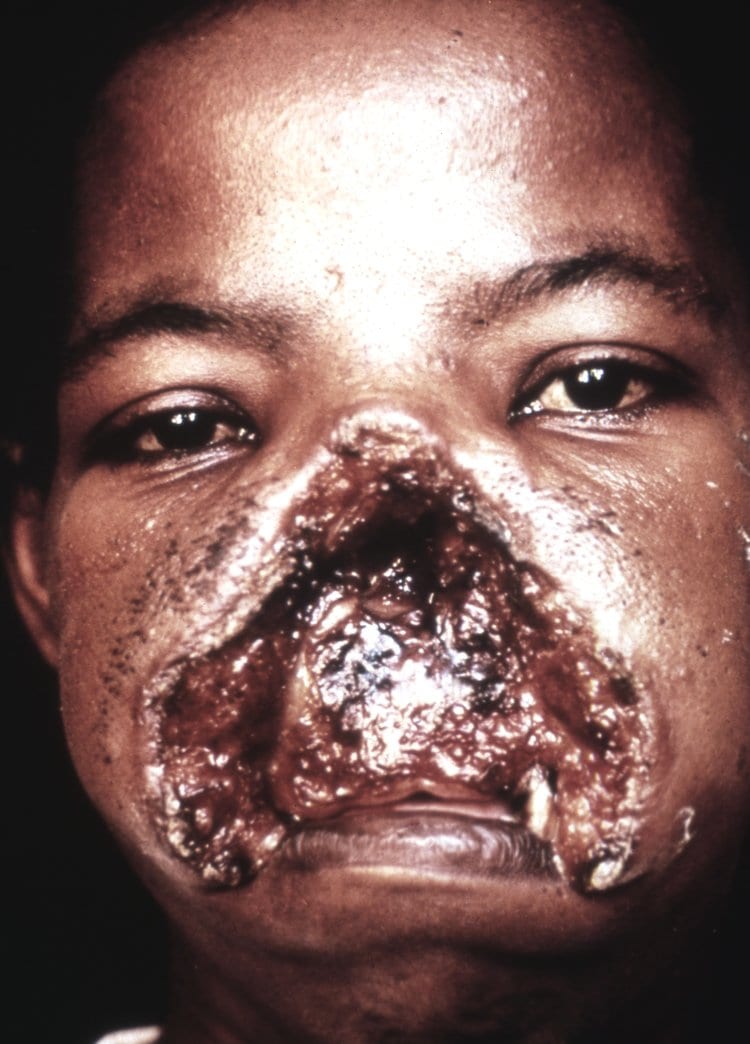
Espundia - severe mucocutaneous leishmaniasis.
-


Trypanosoma cruzi - fatal case.
-

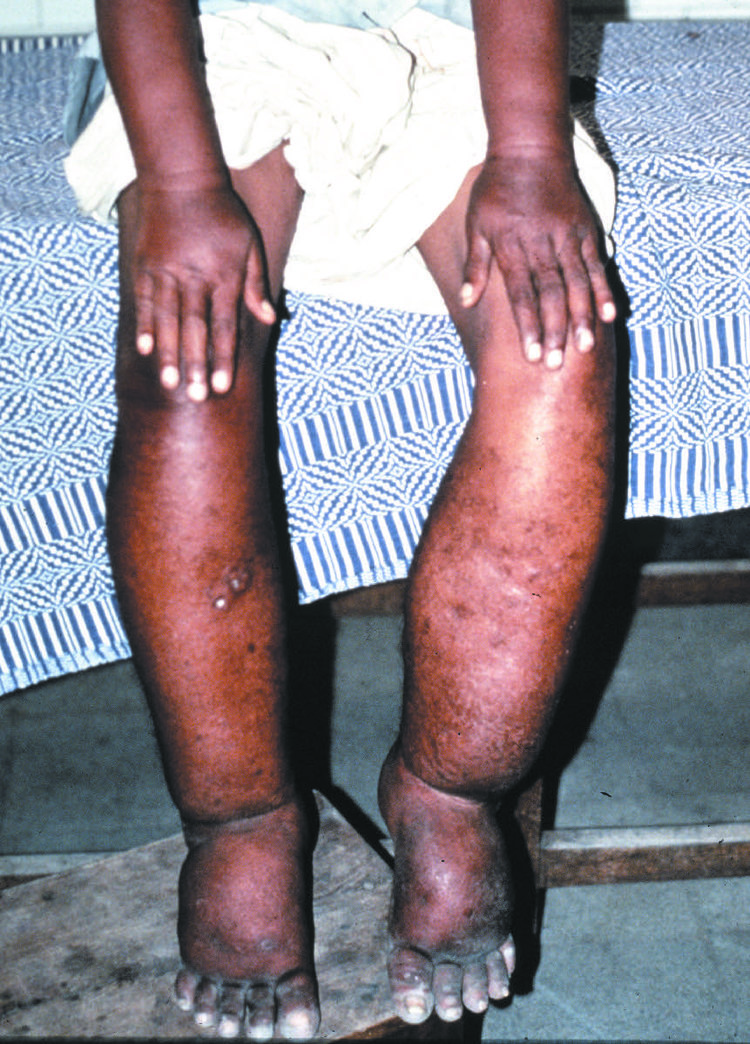
Elephantiasis due to infection with Wuchereria bancrofti.
-

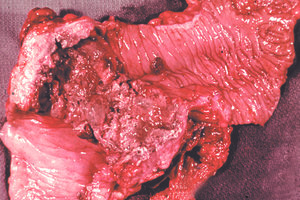
Flask-shaped ulcers due to Entamoeba histolytica. Fatal case.
-


Congenital toxoplasmosis - calcified plaques.
-

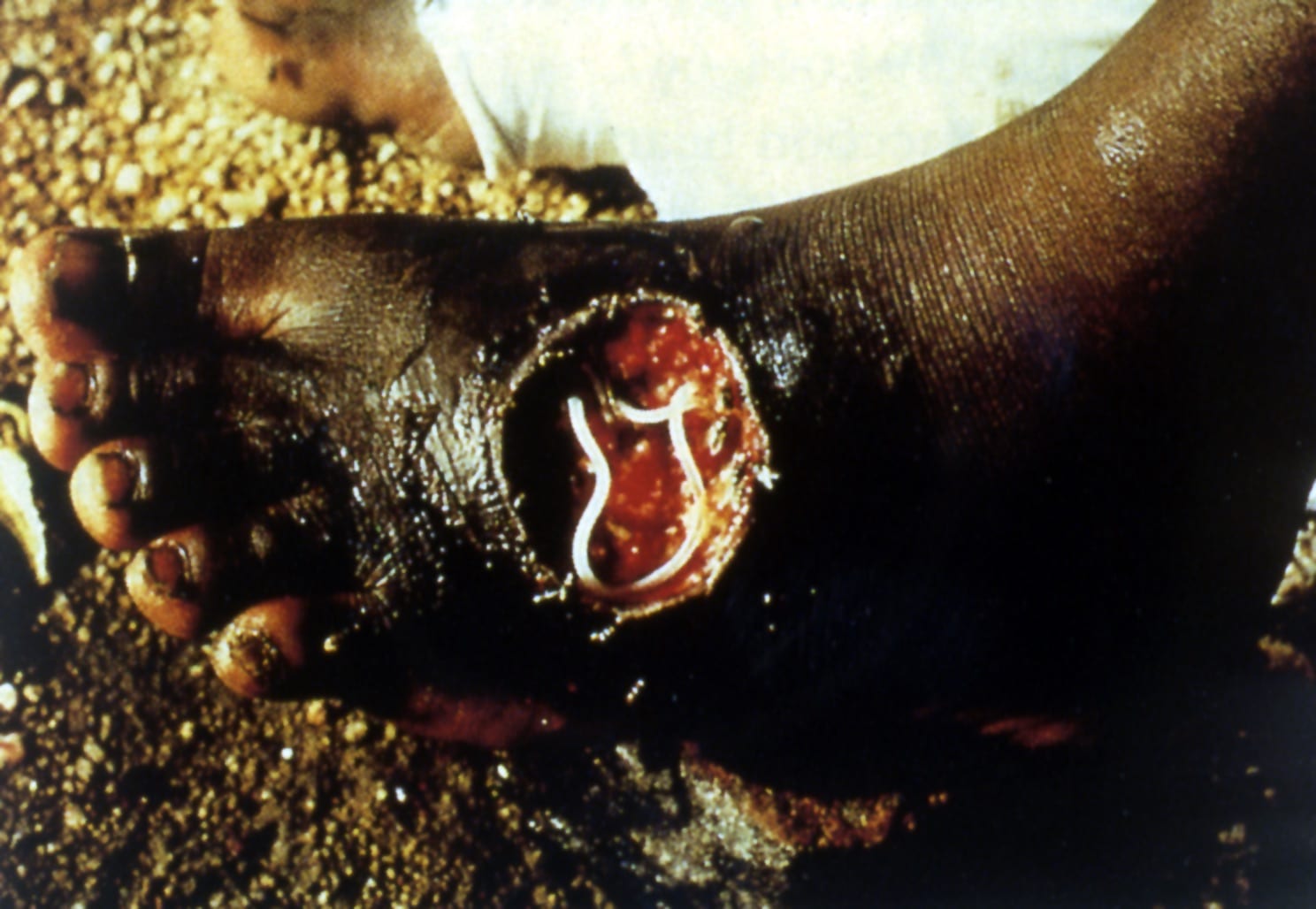
Acute case of Dracunculus medinensis.
-


Ascaris lumbricoides adults removed from a single patient.
Learn More
about how many people suffer from these life-threatening infections.

